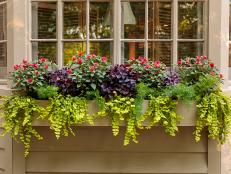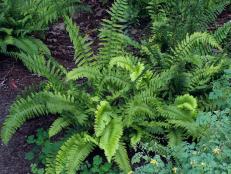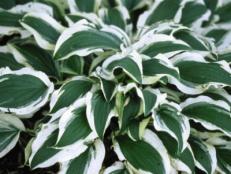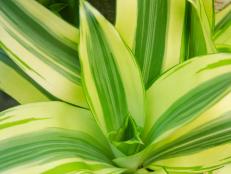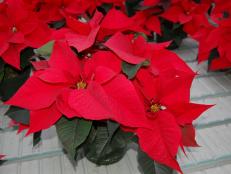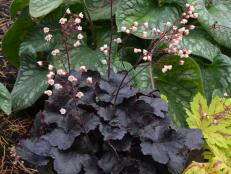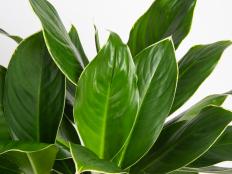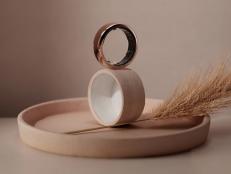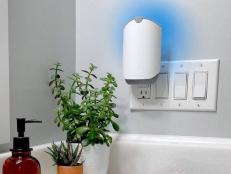Growing Boston Ferns


By now, if you haven’t moved your tropical houseplants indoors from the porch or patio, chances are you may as well forget it.
One plant I push the cold-weather envelope on every fall—and many times have lived to regret it—is Boston fern. Yeah, it’s a toughie, but like other tropicals, not cold hardy. The rest of the year, though, this fern is an easy-care, showy and versatile addition to any garden, terrace or indoor space. It makes a great foil in container gardens for annuals like impatiens, a cool companion plant for shade garden favorites like hostas, and quite a statement simply as a lush hanging basket or stand-alone potted plant.
With its long, graceful fronds that can reach up to 5 feet, the most common type of Boston fern is Nephrolepsis exaltata. Another less common species, N. cordifolia, features erect fronds up to 2 feet long. There’s also a variegated type, known as Tiger Fern, which offers interesting leaves of dark green and yellow-gold mottling.
Whether admired indoors or out, Boston ferns prefer a cool environment with high humidity and indirect light – though they can tolerate bright light better than most ferns. When indoors, they thrive on additional humidity because of the dry heat, so mist them with water a couple times a week and make sure the soil remains damp by checking it every of couple days. If their leaves turn yellow, the plants are not getting enough humidity.
Boston ferns thrive in temperatures in the 60s and 70s but can tolerate an occasional blast of cold air of 40 to 50 degrees for a few hours. Once a month in spring and summer, feed them a water-soluble houseplant fertilizer. In spring, large plants can easily be divided and repotted.






